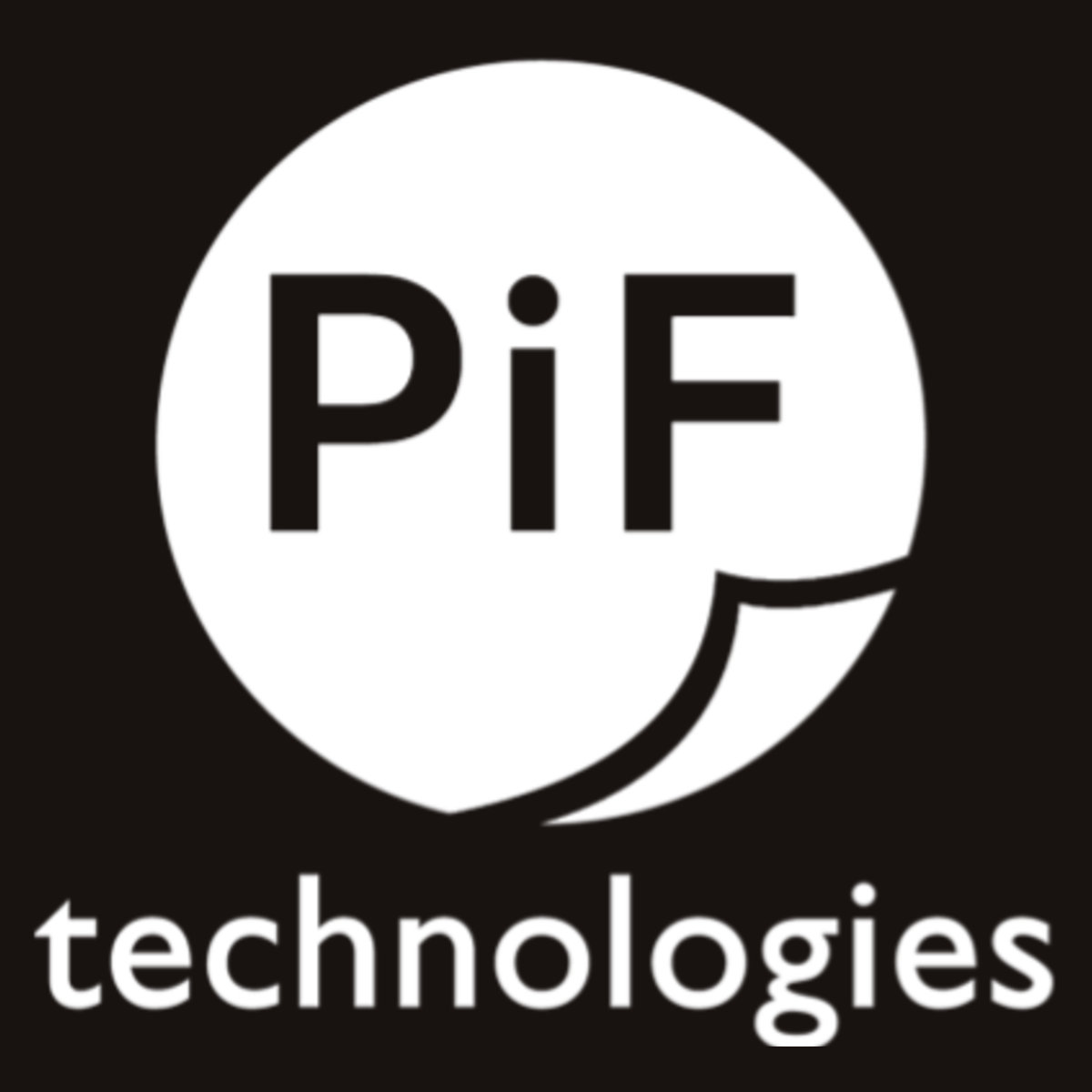In the 1990s, the way the internet was utilized was changed as Search Engines became increasingly commonplace. Quickly, websites and information became available at the user’s fingertips, unlike the hand-indexed early internet. In the 2010s, Siri revolutionized search as an early voice assistant that iPhone users could simply ask questions to. Now, in the 2020s, with the rise in Generative AI tools such as OpenAI’s ChatGPT, Microsoft CoPilot, Google’s Gemini and others, many users have grown accustomed to question prompting and conversational chat prompts. Through Amazon’s Textract tool, the usability and simplicity of voice search and Generative AI queries can now be applied to unstructured documents and data.
How has capture evolved?
In recent history, Optical Character Recognition (OCR), a technology that enables the extraction of text information from images or scanned documents, was the primary method of data extraction. Unlike rudimentary Zone-Based Extraction and manual methods, OCR automates the process of recognizing and converting text from images into editable and searchable data. Zone OCR/ICR (Intelligent Character Recognition) would be set to extract data from specific points, but with page shifting, document differences, and data moving around the page, semi-structured and unstructured transactional documents weren’t well-suited for this methodology.
Intelligent Document Processing (IDP) is a natural evolutionary step for organizations currently utilizing more legacy technology such as OCR. With IDP, automation and intelligence are directly brought into document handling, allowing organizations to streamline operations, reduce errors, and improve efficiency in dealing with diverse document types and data formats. IDP uses key-value pair logic to identify labels and extract the data, but in cases where labels change frequently or where there is duplication, sometimes extracting the data correctly can be a challenge.
These advanced forms of capturing information lead to a natural evolution towards a broader concept of Document AI. Document AI refers to the application of Artificial Intelligence technologies to automate and enhance the processing, analysis, and management of documents. Document AI solutions leverage machine learning, Natural Language Processing (NLP), and computer vision to extract information from various types of documents, such as invoices, contracts, forms, and receipts.
The concept of submitting plain-text queries has very quickly flourished. Multiple hypervisors (software used to run multiple virtual machines on a single physical machine) like Microsoft Azure support a combination of NLP and Machine Learning with a sprinkle of AI to integrate question prompting. Amazon Textract Custom Queries use common question prompting, a form of Generative AI built with NLP, LLM (Large Language Models), and Machine Learning wrapped up in a tool simple for end-users to utilize.
What is Generative AI?
Generative Artificial Intelligence (AI) is a growing technology that leverages advanced Machine Learning algorithms to generate new content. At its core, Generative AI models are trained on vast datasets, learning patterns and structures within the data to generate original outputs that mimic the style and substance of the training data. This technology uses neural networks, particularly deep learning architectures like GANs (Generative Adversarial Networks) and transformers, to produce high-quality, human-like content. Applications of generative AI range from automating content creation in creative industries to enhancing virtual assistants and developing sophisticated simulations in various fields, making it a transformative force in the tech landscape.
What is Amazon Textract?
Amazon Textract offers powerful document text detection and analysis for a variety of applications across your organization. Like Intelligent Document Processing, it detects both typed and handwritten text in diverse documents such as financial reports, medical records, and tax forms. What makes Amazon Textract stand out is that it leverages Amazon’s deep-learning technology for scalable, high-accuracy analysis, without requiring Machine Learning expertise to utilize it. Additionally, it extracts information from forms and tables using their Document Analysis API (Application Programming Interface), and processes specific information with the Queries feature.
Their Custom Queries feature allows for pretrained Queries that allow end-users to simply ask a question to get the information they need from a document. This allows for users to be able to ask questions, with context hints and general phrasing of questions that match the context within a document. Simple APIs make integration straightforward, allowing you to analyze and extract data quickly from millions of documents, which can accelerate decision making. Though the concept of Queries is a relatively new concept to Document AI, it is quickly being embraced by not just Amazon, but other leading hypervisor engines like Microsoft Azure AI Document Intelligence.
Simply, when provided a Query, Amazon Textract provides a specialized response object. This object repeats the question back to the user along with the alias for the question. It then provides the confidence Amazon Textract has with the answer, a location of the answer on the page, and the text answer to the question.
For example, a user could be looking for the date that may exist on the document but has no key/label and could be anywhere on the page. With Amazon Textract Queries this user can write questions such as “what is the date of the document?” or “when was the document created?” and the Amazon engine returns one or multiple date fields. Additionally, using directional prompts like “What is the date at the bottom of the page?” can further improve the quality of the results.
Another example for practical applications of Document AI with Textract can be within financial institutions. Mortgage and loan documents contain crucial information, and are often packaged into pages and pages that are difficult to quickly sort through. By using custom Queries such as “What is the date of the document?” or “Who is the borrower?” or “What is the phone number of the bank?” Textract returns the value and provides the necessary information quickly. Textract uses acronym or synonym matching for some common industry terms like SSN versus Social Security Number, or DOB versus Date of Birth.
As powerful as Textract is, it’s important to understand the words on a document still need to match the question. For example, if there is a job number on a document asking Textract, “what is the project number?” likely won’t return the proper result as job and project are synonymous but not the same.
Amazon Textract is an exciting jump towards stronger Artificial Intelligence solutions becoming commonplace within business processes.
How to use Amazon Textract Queries in your organization
The appeal of Artificial Intelligence is constantly expanding, and organizations of all sizes are investing in AI-powered solutions to promote efficiency and growth. Document AI and Intelligent Document Processing are excellent starting points for those interested in AI but are unsure where to begin. By evaluating your document processing needs and identifying pain points, you can best identify which document-based processes and functions could best benefit from these solutions. PiF Technologies understands organizations’ unique needs across industries and how to successfully implement an IDP solution from start to finish. We can explain the process and help you build realistic use cases. Complete the form below, and we’ll reach out to start a conversation.







